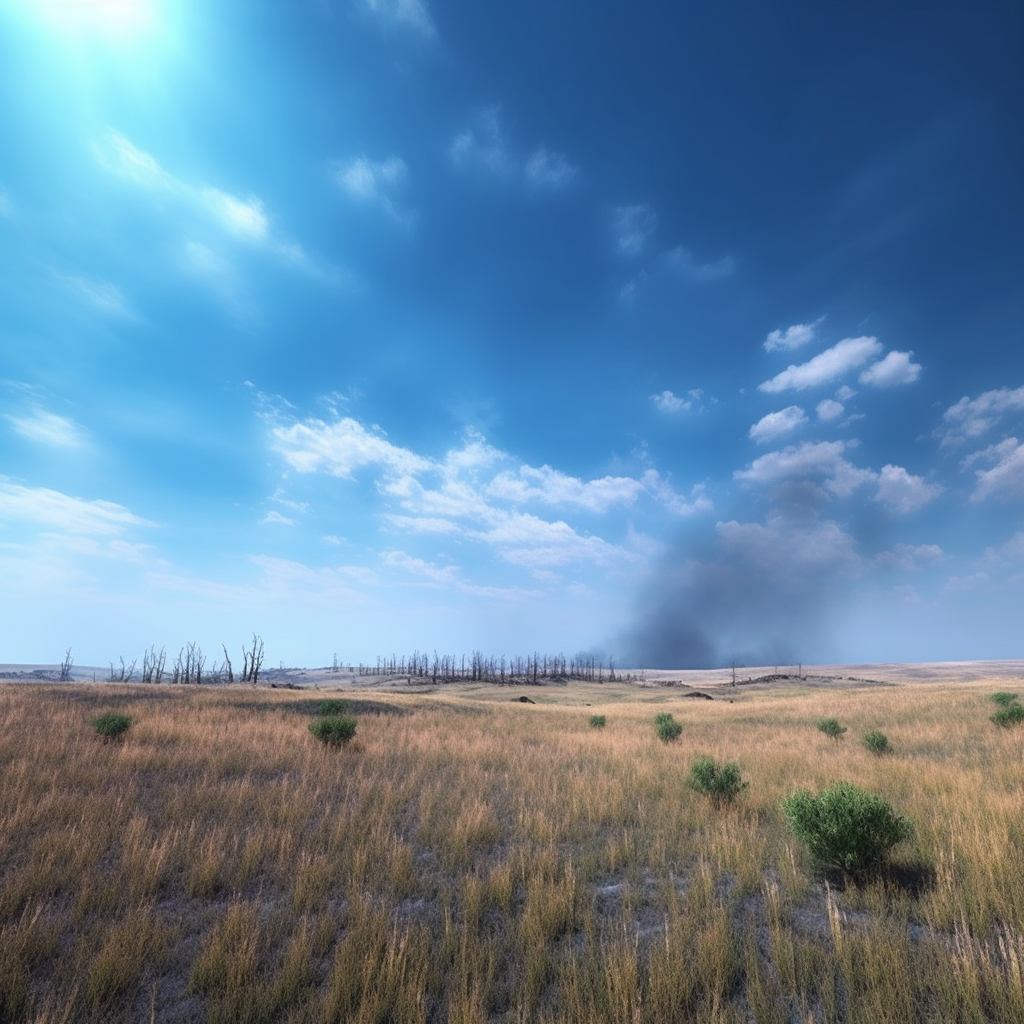May 30, 2023
The Great Plains’ Efforts to Combat Climate Change and Wildfires are Hampered by Montana’s Shortsighted Law
Book a Demo
The Great Plains in North America have long been recognized as a region of natural beauty and ecological diversity. However, the combination of dry conditions caused by climate change and poor land management practices has left the area highly susceptible to wildfires. Wildfires on the Great Plains not only pose a threat to property and human life, but also have long-term ecological effects on the region’s vegetation and wildlife.
Mitigating the risk of wildfires on the Great Plains will require a combination of measures, including better land management practices, increased public awareness, and addressing the root causes of climate change. Unfortunately, Montana’s recent law curbing climate impact reviews violates the state constitution’s guarantee of a “clean and healthful environment.” This new law will have negative consequences for public health and the environment.
Montana’s outdoor economy, which supports tens of thousands of jobs and generates $7.2 billion annually, will be severely impacted by the new law. Montana is already experiencing the effects of climate change, including flooding, drought, extreme heat, and wildfires. Increased temperatures and drought conditions caused by climate change are exacerbating the frequency and intensity of wildfires on the Great Plains.
Supporters of the law claim it will protect jobs and the state’s economy, but critics argue it will have negative consequences for public health and the environment. Montana is not alone in passing such a law; similar measures have been proposed or enacted in several other states. However, these laws are short-sighted and will ultimately do more harm than good.
The new law prohibiting state agencies from considering the impact of greenhouse gas emissions and climate change in permit decisions is short-sighted and will ultimately do more harm than good. Critics argue that Montana’s new law will have negative consequences for public health and the environment. Climate action advocates warn that the new law in Montana will have negative consequences for public health and the environment.



